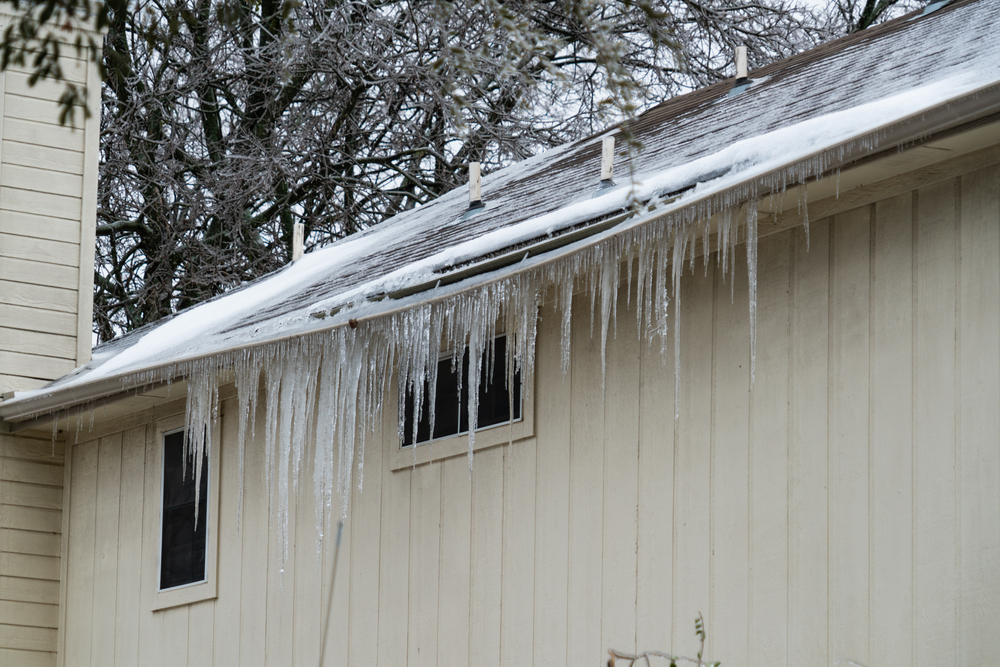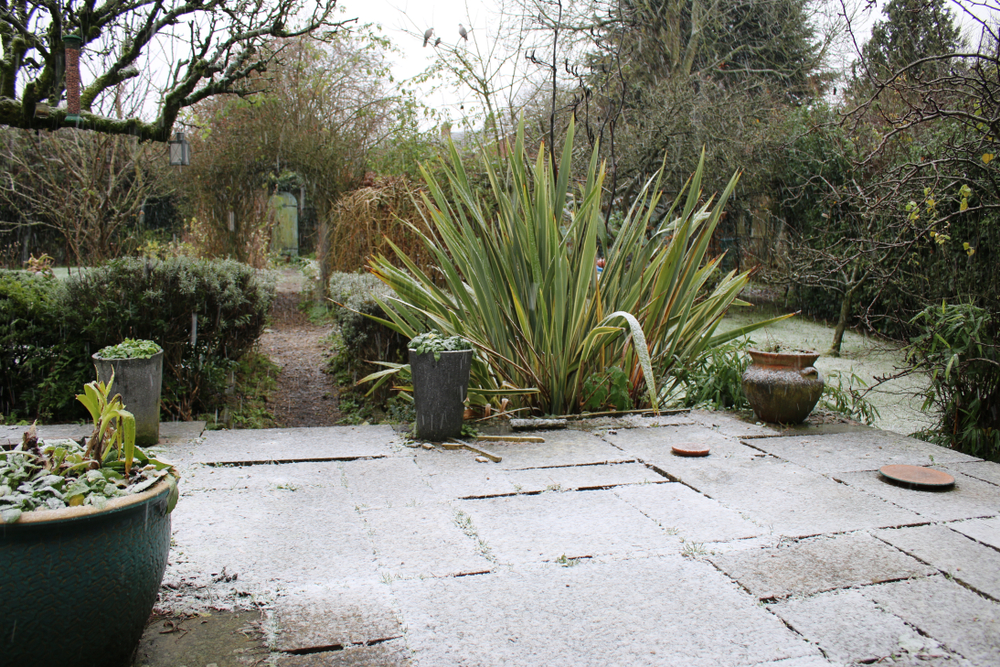
As the trusted home inspection company on Long Island, we understand the unique challenges that homeowners face, especially when it comes to the region’s harsh winter weather. One significant concern that often goes unnoticed is the impact of the freeze-thaw cycle on the foundation of your home. In this blog post, we’ll delve into what the freeze-thaw cycle is, why it’s a potential threat to your home’s foundation, and provide valuable insights on how to combat its adverse effects.
What is the Freeze-Thaw Cycle?
The freeze-thaw cycle is a natural occurrence that takes place when temperatures fluctuate between freezing and thawing. This phenomenon is particularly common during the winter months, where temperatures can drop below freezing at night and rise above freezing during the day. The constant expansion and contraction of moisture within building materials, soil, and concrete can wreak havoc on your home’s foundation over time.
Impact on Home Foundations:
- Cracking and Settlement: During freezing temperatures, water in the soil around your home’s foundation can freeze, causing it to expand. As temperatures rise, the ice melts, leading to soil contraction. This continuous cycle can create pressure on your foundation walls, resulting in cracks and potential settlement issues.
- Water Intrusion: Cracks in the foundation provide a pathway for water to infiltrate your home. When water enters these openings and subsequently freezes, it can exacerbate cracks and compromise the structural integrity of your foundation.
Combatting the Effects of the Freeze-Thaw Cycle:
- Regular Inspections: Scheduling routine inspections, especially after the winter months, is crucial for identifying any potential issues early on. As a leading home inspection company on Long Island, we specialize in thorough assessments to detect foundation problems and recommend appropriate solutions.
- Proper Drainage: Ensure that your home’s drainage systems are functioning effectively. Proper grading, gutter maintenance, and downspout extensions can redirect water away from your foundation, preventing pooling and potential damage.
- Sealing and Waterproofing: Seal any visible cracks in your foundation promptly and consider applying a waterproofing membrane. These measures can help prevent water intrusion and mitigate the impact of the freeze-thaw cycle.
- Insulation: Adequate insulation around your foundation can regulate soil temperature, minimizing the effects of the freeze-thaw cycle. Consult with a professional to determine the best insulation strategy for your specific home.

Other Vulnerable Areas: Beyond the Foundation
While the foundation is a critical focal point, the freeze-thaw cycle can impact various other areas of your home and property. Understanding these potential vulnerabilities is key to comprehensive protection.
- Driveways and Walkways: The concrete or asphalt surfaces of driveways and walkways are exposed to the elements year-round. The freeze-thaw cycle can lead to the development of cracks and uneven surfaces, posing safety hazards and diminishing the aesthetic appeal of your property. Regular maintenance and timely repairs are essential to preserve these surfaces.
- Exterior Walls: The exterior walls of your home endure constant exposure to changing weather conditions. As moisture infiltrates the walls and freezes, it can cause the materials to expand, leading to cracks and deterioration. Regular inspections and proper insulation can help mitigate these effects.
- Roofing System: Your roof is another susceptible area, particularly in regions with heavy snowfall. Accumulated snow and ice can lead to ice dams, causing water to seep into your home during thawing periods. Regularly clearing your roof of snow and addressing any insulation issues can prevent potential water damage.
- Pipes and Plumbing: The freeze-thaw cycle poses a significant risk to exposed pipes, especially those on exterior walls or in unheated areas. When water freezes within the pipes, it can lead to bursts and water damage. Proper insulation and winterization of your plumbing system are crucial preventive measures.
- Landscaping and Trees: The freeze-thaw cycle affects not only structures but also the landscaping of your property. Soil expansion and contraction can disrupt plant roots, leading to instability and potential damage. Additionally, the weight of snow and ice on tree branches can cause breakage. Regularly assess and address these issues to maintain a healthy outdoor environment.
- Pavement and Patio Areas: Patios and paved areas can experience similar challenges as driveways and walkways. Cracks and uneven surfaces not only compromise the aesthetics but can also create tripping hazards. Proper sealing, regular inspections, and prompt repairs are essential for preserving the integrity of these spaces.
- Basements and Crawl Spaces: Moisture intrusion in basements and crawl spaces can intensify during the freeze-thaw cycle. Cracks in the foundation can allow water to enter these spaces, leading to mold growth and structural damage. Adequate waterproofing measures, including sealing cracks and proper drainage, are crucial for maintaining a dry and healthy lower level.
Conclusion:
Understanding the diverse impact of the freeze-thaw cycle on various aspects of your home empowers you to take a proactive stance in preserving its overall integrity. Regular inspections, timely maintenance, and strategic preventive measures will collectively contribute to the long-term resilience of your property. As your trusted home inspection company on Long Island, we prioritize the well-being of your investment. Schedule a comprehensive inspection with us to address any concerns and implement proactive measures to safeguard your home against the challenges of the freeze-thaw cycle. Invest in the longevity of your home – schedule your new home inspection with Home Inspector Long Island today!

